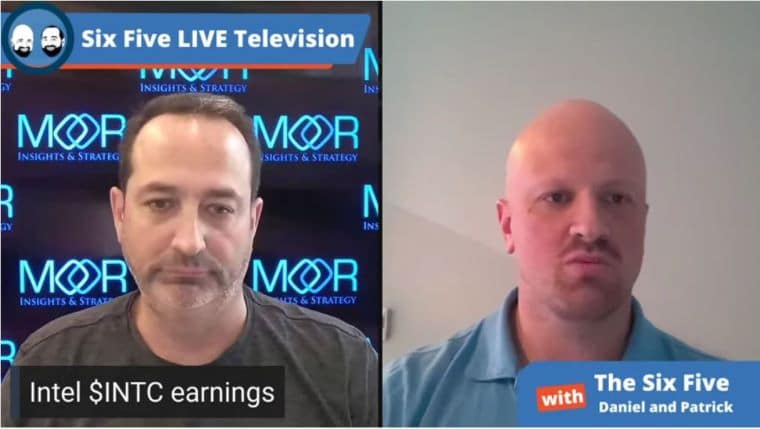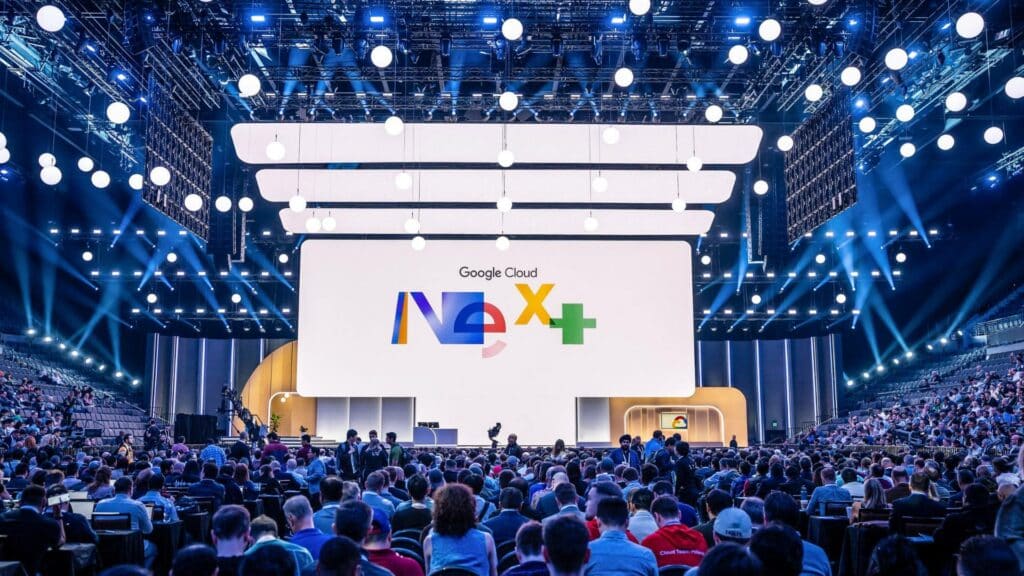The Six Five team walks through the latest earnings report from Intel.
Watch the clip here:
If you are interested in watching the full episode you can check it out here.
Disclaimer: The Six Five Webcast is for information and entertainment purposes only. Over the course of this podcast, we may talk about companies that are publicly traded and we may even reference that fact and their equity share price, but please do not take anything that we say as a recommendation about what you should do with your investment dollars. We are not investment advisors and we do not ask that you treat us as such.
Transcript:
Daniel Newman: Speaking of Intel, let’s roar forward here. We have Intel Q2 earnings on the rise here. A big day for Intel. The company came in well above its guidance, $18.5 billion against a guidance number that came in, Pat, I believe it was like 17.8. Now again, all the numbers I’m giving you are non-gap, so don’t call me out by using gap numbers and telling me I’m wrong. I do not appreciate that.
The company as a whole, Pat, there’s a lot of areas to cover here, let’s just say some very strong beats across it’s BUs, some not so great numbers across its BUs. Client Computing did very well, IoT did very well, Mobileye did fantastic, record breaking. The PC platform within Client did extraordinarily well, another record-breaking quarter, 33% growth. I think it was over a million units being shipped a day, albeit it at a lower ASP. Pat, I’ll let you talk about that here in a little bit. Network had a beat down this quarter, which will probably bring some question marks around 5G because we’d expect with 5G being deployed globally, that the network solutions groups should be doing very well. Although those kinds of businesses can be lumpy and China has been very aggressive in those deals. So that’s going to be something to watch as well.
Pat, I think the demise of Intel has been greatly overstated. I got some really interesting tweets when I put out my commentary about just how good this quarter was. Of course, there’s the naysayers, but there’s also the Intel backers. The M1 was supposed to erode Intel’s business, and Intel PC business is absolutely roaring. DCG, a lot of folks that are going to scrutinize something in the business probably will pick DCG to scrutinize. I just happened to point this out last year, same quarter, Intel had an incredible blow-out result. Actually the first two quarters of last year.
So the fact that they were only about 9% off, the pace actually indicates a pretty good quarter for DCG, Pat, because all in all, last year’s numbers were tremendous and now their guidance is going to show a strength in the next two quarters. Well, that was because the final two quarters of last year were not very good. So next two quarters, they’re going to come in with great numbers and everybody is going to be cheering, and you’re going to have to realize it’s a lumpy business. It’s not flat. There are some big volumes. You’ve got buyers.
But the company did point out, its next generation of Xeon has done extremely well. It’s getting wins from all the big cloud players, or most of them. Alibaba, Baidu, Microsoft, Oracle, all using Intel’s third-generation Xeon Scalable. But the one thing I will say, Pat, and then you don’t want to turn it back to you because again, I just want to make sure you have a chance to say something on these topics, buddy, is that the company overall is in a good position. It’s got a lot of headwinds.
I mentioned coming into this particular segment that the company has said more or less that the chip shortage is not over. It’s not even close to over. We’d heard some CEOs earlier in the year saying, “Later this year.” Now we’re hearing it could be one or two years into the future before. That’s not entirely because of a supply issue either. There’s a big demand issue. There’s a big lagging issue, which is what we’ve been talking about with global foundry, because none of these systems are just based on these leading-edge nodes that are coming out from the companies.
I think Intel has some chasing to do in areas like AI and graphics, and I’m interested in hearing how that continues to evolve. But listen, Pat, 10 quarters, 10 quarters in a row, Intel has beaten on the top and beaten on the bottom. Bob Swan didn’t get any love, Pat Gelsinger getting a little more love, but still not getting much love. This is the beginning of a very good trend under Pat Gelsinger. Execution’s key, I remain and I continue to believe it’s key, but there’s an opportunity with a long lag in the supply chain, Intel, if they can execute on some of this manufacturing madness and the opportunities that are out there, could be in really good shape coming out of the supply chain woes.
Patrick Moorhead: That was good stuff. So here’s the thing. I can pick apart every division and go in and do that. But on the whole, they had a great Q2. They beat on revenue by 700 million compared to their guide. Gross margin was up two basis points. EPS was up 23% over guide and they increased their forecast. But one thing that is biting them right now is margins.
The reason why I’m not concerned about the margins in the second half, given even the increase in revenue, first of all, you got some supply chain challenges out there, and like you indicated it’s downstream stuff. It’s USB controllers, it’s circuitry for flat-panel displays. But also, this very important, DCG took the burden of the 10 nanometers startup costs, and what’s happening right now in the gross margin is this seven nanometers startup in addition to supply chain and a lot more 10 nanometers is dragging things down, and I think there are some competitive things going on as well out there given AMD. ASPs are down in the client group, even though the revenue was up significantly and we’re in a supply constrained environment because Intel is really attacking the lower ASP product lines with Chromebooks and Core i3 and stuff like that with their 10-nanometer silicon. So it requires a little bit of analysis. I think we could see a reversal tomorrow morning. But listen, I’m not an equities expert, I’m an industry analyst, but I am not concerned about Intel.
Daniel Newman: Yeah. Not much to be concerned about, my friend. Not much to be concerned about. All right. Maybe a few things, but we’ll keep talking about those things. That’s the beauty, there’s always challenge, always innovation, always competition and Pat, that’s what we do here on the Six Five. We talk about these things.
Author Information
Daniel is the CEO of The Futurum Group. Living his life at the intersection of people and technology, Daniel works with the world’s largest technology brands exploring Digital Transformation and how it is influencing the enterprise.
From the leading edge of AI to global technology policy, Daniel makes the connections between business, people and tech that are required for companies to benefit most from their technology investments. Daniel is a top 5 globally ranked industry analyst and his ideas are regularly cited or shared in television appearances by CNBC, Bloomberg, Wall Street Journal and hundreds of other sites around the world.
A 7x Best-Selling Author including his most recent book “Human/Machine.” Daniel is also a Forbes and MarketWatch (Dow Jones) contributor.
An MBA and Former Graduate Adjunct Faculty, Daniel is an Austin Texas transplant after 40 years in Chicago. His speaking takes him around the world each year as he shares his vision of the role technology will play in our future.







